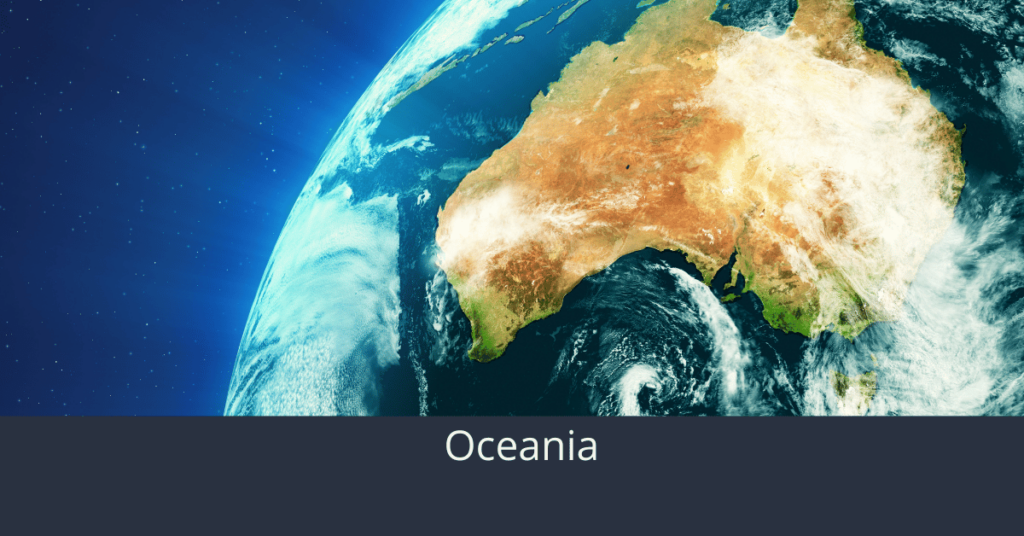Everything you will learn here
Exploring the Enigmatic Oceania: Islands of the Pacific
Nestled within the vast expanse of the Pacific Ocean lies a realm of captivating beauty and rich cultural diversity known as Oceania. Spanning across a region that stretches between Asia and the Americas, Oceania encompasses a tapestry of islands that have captured the imaginations of explorers, scientists, and travelers for centuries.
A Tapestry of Islands
Oceania is a collective term that unites the multitude of islands scattered throughout the Pacific Ocean. While its definition can vary, a broader interpretation encompasses the entire insular region between Asia and the Americas. This definition, however, often excludes certain island groups that are historically connected to the Asian mainland, such as Indonesia, Taiwan, and the Philippines. The diversity within this vast expanse of water is both astounding and humbling, revealing a world of distinct cultures, landscapes, and ecosystems.

The Spectrum of Land
Within Oceania’s boundaries lie more than 10,000 islands, each with its own story to tell. Covering a total land area of approximately 317,700 square miles (822,800 square km), this region is a testament to the incredible diversity that our planet holds. It’s important to note that this land area excludes Australia but includes countries like Papua New Guinea and New Zealand.
The sheer variety of geography, from the lush rainforests of Papua New Guinea to the stunning landscapes of New Zealand, showcases the breadth of natural beauty that Oceania offers. Oceania is also home to the most colorful saltwater fish like the Flame Angelfish.

Divisions and Traditions
Oceania has traditionally been divided into four main regions: Australasia, Melanesia, Micronesia, and Polynesia. Australasia encompasses the vast landmass of Australia and the islands of New Zealand. Melanesia, characterized by its rich cultural tapestry and volcanic landscapes, includes islands like Papua New Guinea and Fiji. Micronesia consists of small island nations and atolls spread across the western Pacific, while Polynesia stretches across the central and eastern Pacific, comprising islands such as Hawaii and Samoa.
Origins and Contact
The history of Oceania is a tapestry woven with human migration, culture, and change. As recently as 33,000 years ago, the region remained uninhabited by humans, save for Australasia. The prevailing theory suggests that island peoples originated from Southeast Asia, their migration and settlement shaping the cultural diversity we see today. By the turn of the millennium, approximately 12 million islanders called Oceania home, each community contributing to the vibrant mosaic of cultures and traditions.
A Dynamic Future
Oceania’s journey into the future is marked by both challenges and possibilities. The intense interaction between indigenous cultures and non-Oceanic groups from the Western world has revolutionized many aspects of island life. The arts of the region, from architecture to literature, bear witness to this exchange of ideas and influences.
As we stand on the shores of Oceania, we’re invited to immerse ourselves in the richness of its landscapes and cultures. This enchanting region reminds us that even across vast expanses of ocean, human history and the natural world are intimately connected, shaping the intricate tapestry of life that is Oceania.

